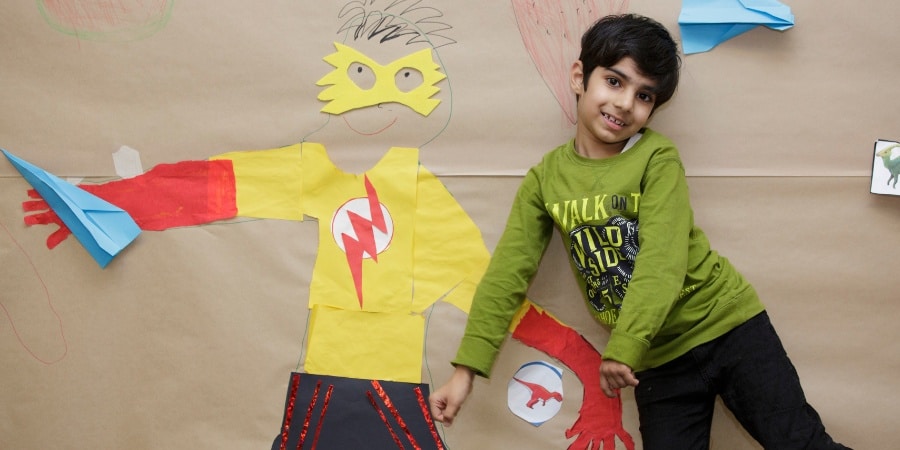
Advances in early detection, intensive goal-based therapy and the falling rate of cerebral palsy are among the key takeaways from the recent ‘Better Together’ conference.
A global community of more than 1,000 attendees, representing 46 countries, gathered to collaborate and share important findings at the virtual conference, organised by the Australasian Academy of Cerebral Palsy and Developmental Medicine (AusACPDM) and the International Alliance of Academics of Childhood Disability (IAACD).Organised by the Australasian Academy of Cerebral Palsy and Developmental Medicine (AusACPDM) and the International Alliance of Academics of Childhood Disability (IAACD)
Speakers from all over the globe came together to explore a variety of topics in research and clinical practice of cerebral palsy with a substantial number of parents and people with lived experience.
Writing for children’s disability magazine SourceKids, CPA Research Institute’s Dr Sarah McIntyre and AusACPDM board member Kirsty Stewart identified six of the key lessons from the conference.
1. Establishing global rates of CP
A new study reported that the rate of cerebral palsy in Australia and other high-income countries in Europe has fallen steady since the mid-2000s to a new low of 1.6 births. In low- and middle-income countries this rate is at least double – ensuring that all countries see a rate in reduction is a high priority for researchers globally.
2. New tools to detect newborns at high risk
Until recently, cerebral palsy was not able to be diagnosed until an average age of 18 months, meaning children were missing out on crucial intervention. The introduction of the video-based General Movements Assessment (GMA) gives trained health professionals a tool to diagnose CP accurately at just three months of age.
3. Early intervention and intensive therapy learnings
Studies presented at the conference showed that cerebral palsy-specific early intervention, aimed at specific motor goals can deliver better results for children and families over general intervention.
Researchers also spoke about the rise of the ‘intensive’ model of therapy delivered at camps alongside the traditional model of weekly therapy appointments. The important factor, researchers say, is to get the right amount of intervention – at least 14 hours per-goal.
